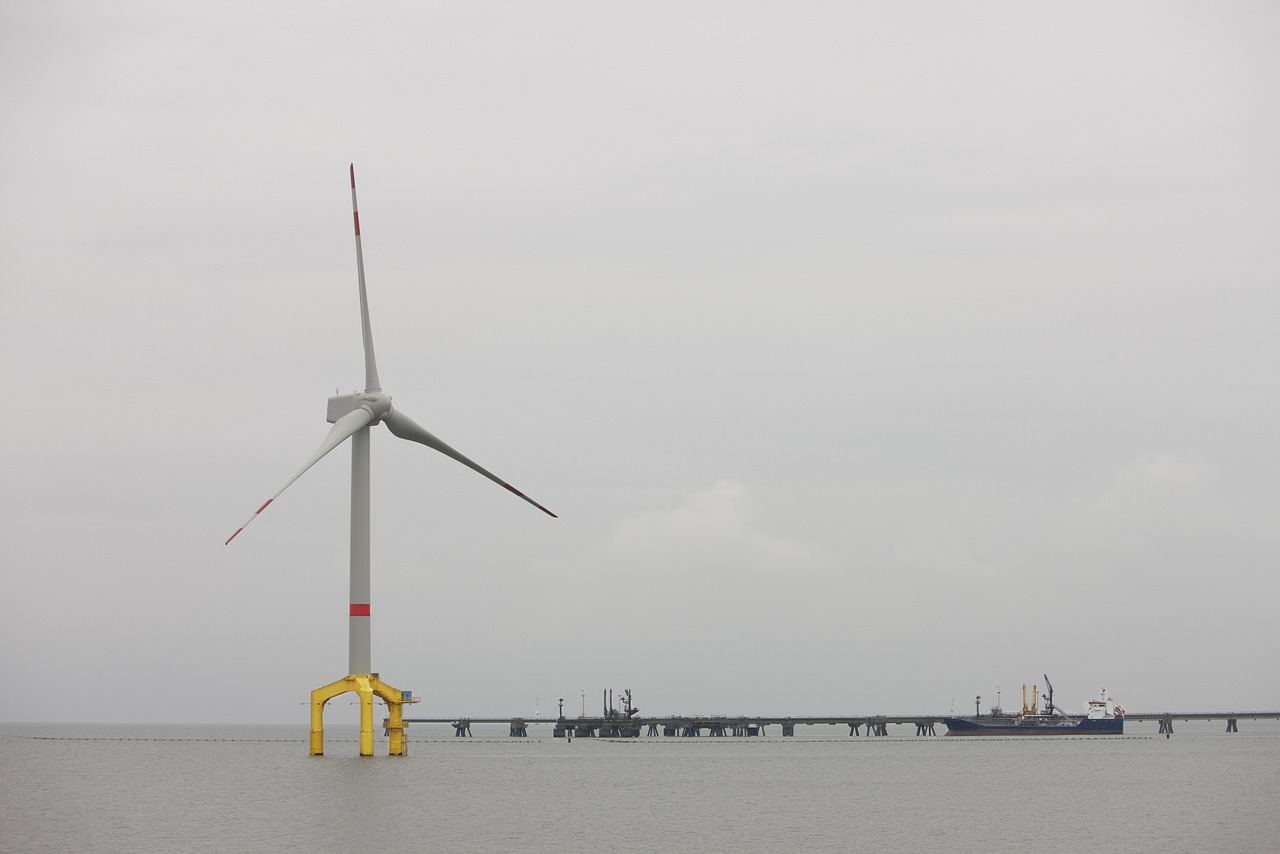5 Barriers To Meeting 2030 Targets


Offshore wind energy factors heavily into the energy mix of the future. Many commitments made during the CoP hinge on nations unlocking scores of gigawatts of offshore wind power by 2030.
While ambitions are high, so are the hurdles. With only six years left until the first big checkpoint, let’s look at the biggest challenges that threaten the industry’s ability to deliver on its promises.
Outdated Transmission Systems
Wind is often spoken of as an integral part of the future’s energy mix. But while projects and developments are designed with an eye for the demands of tomorrow, offshore wind sites are still being forced to operate on the infrastructure of yesterday.
Current transmission systems are built to connect to fewer and larger power plants. There are far more offshore wind farms, and nearly all of them need to be connected individually to the grid infrastructure. This is problematic mainly for three reasons: it’s inefficient, costly, and miles of crisscrossing cables on the seafloor could prove disruptive for ecosystems.
Most submarine cable manufacturers are at full capacity. Supply is struggling to scale with demand, as more offshore wind markets mature and materialise. A decade ago, demand would have been concentrated around major producers such as the UK and Germany. Today, offshore wind is becoming an imperative around the globe, for both developed and developing nations.
Gridlocked Connections
Optimising supply is as problematic as its delivery. The existing grid is built for fossil fuels and dispatchable energy. When demand is high, operators can release more, or reduce it when demand dips.
In contrast, renewable energy sources like solar and wind are intermittent, non-dispatchable sources. Grid operators cannot simply add or lower levels as needed. The short term answer: battery storage units that can gather energy during peak periods.
Storage isn’t the most salient issue plaguing the grid. Even if developers sort out the transmission and storage problem from the offshore side of the equation, these connections will face ridiculous timelines for connecting to the national grid.
In the UK, over 100 GW projects are in the pipeline. Predictions forecast expected time to connect in the decades. The “Pathway to 2030” aims to inject £54 billion in investment into connecting 23 GW by 2030, yet experts warn that there needs to be more if the government hopes to achieve Net Zero as planned.
Slow Permitting Process
The glacial pace of planning and permitting continues to be the bane of wind projects. The EU has four times more projects in permitting than in construction. In the UK, offshore wind projects take an average of 12 years to complete, with only two years at most spent on building. With many crucial projects still in permitting, it’s a timeline that’s incompatible with 2030 targets.
In Ireland, projects are getting tied up in the planning stage, sometimes for years. The current outlook is dire, with most in the industry believing that less than 2GW of offshore wind will be installed by 2030 – far from the target of 5GW. “We are now at the stage where planning is at such a desperate stage,” says Donal O’ Sullivan, vice president for development and offshore at Statkraft Ireland.
It’s a sentiment echoed across the world. In the US, red tape already threatens to cripple the nascent market even before it can hit its stride. “Delays – whether due to a slow and under-resourced process or adverse court decisions resulting from quick and shoddy reviews – will hamper, and possibly lead to a death knell, for project development,” warn lawmakers.
New, Prohibitive Regulations
In Ireland, a new law was passed earlier this year stating that wind farms can only be built on “Designed Marine Areas”. Said areas have yet to be determined, causing concerns and rocking confidence in the Government’s ability to land already narrow deadlines. “We are effectively being told to stop developing offshore wind energy and wait for further decisions at a point when we have no time to lose,” says Noel Cunniffe, CEO of Wind Energy Ireland.
Over in the United States, a proposed crewing law threatens a burgeoning yet nascent offshore wind sector. Under the Coast Guard Authorization Act of 2022, foreign vessels, including those used for turbine installation, can be forced to hire U.S. crews or only workers from the nation the vessel is flagged. Offshore wind has always relied on multinational talent to operate, and the legislation could ultimately discourage foreign developers from entering the scene.
The US isn’t the only place where the government is requiring domestic contributions or services as a ticket for participation. Japan, Australia, and Taiwan are only a few markets where parties who want to participate in tenders have to commit to sourcing materials or services from local providers. Such policies can slow construction and installation when local counterparts are more expensive, or lack training.
Soaring Costs
Over the past decade, offshore wind has shot up off the backs of generous subsidies and the falling cost of manufacturing turbines. It was only in the last four years that the industry was able to halve offshore wind’s levelised cost of energy (LCoE), attracting investors eager to capitalise on energy that would trump even prices for onshore and solar, let alone gas.
Unfortunately, the industry’s tailwind is petering out, slashed by inflation and an array of supply chain issues that are spiking the bill for developers. Rising costs have already claimed casualties, as some developers grow skittish over shrinking margins. Among them, Vattenfall’s Norfolk Boreas project in the North Sea, whose projected costs have ballooned to $16.6 billion from £10 billion.
Offshore wind energy is invaluable for hitting renewable energy and decarbonisation targets. But the way forward is fraught with challenges. With the first half of 2030 nearly at a close, all hopes of realising offshore wind’s potential hinges on overhauling outdated infrastructure, introducing measures to combat costs, and cutting through red tape.